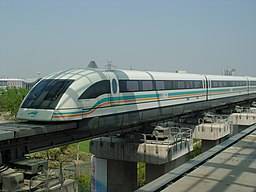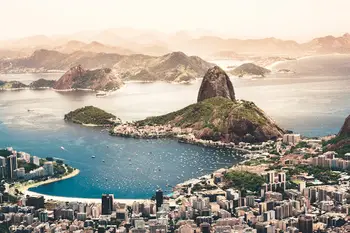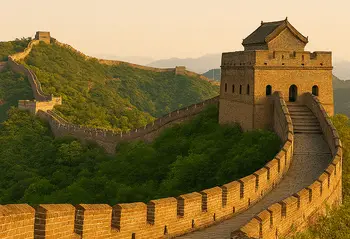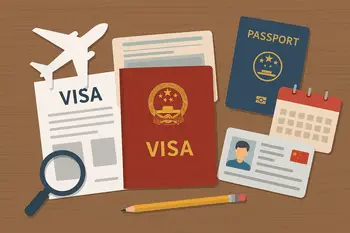In this article, we delve into the pros and cons of living and working in Tier 1 vs. Tier 2 cities in China, aiming to help you make an informed decision about where to reside or invest your career in this dynamic country.
China’s rapid economic development has transformed its urban landscape, leading to the categorization of its cities into different tiers. This classification provides insight into the varying degrees of development, economic opportunities, and quality of life.
Understanding Tier 1 and Tier 2 Cities
Tier 1 Cities
Tier 1 cities in China include Beijing, Shanghai, Guangzhou, and Shenzhen.

These cities are the most developed and internationally recognized, often serving as hubs for economic, cultural, and political activities.
Tier 2 Cities
Tier 2 cities encompass provincial capitals and other economically significant cities such as Chengdu, Hangzhou, Nanjing, and Wuhan.
These cities are rapidly growing and are pivotal to regional development.
Economic Opportunities
Employment Prospects in Tier 1 Cities
Tier 1 cities are synonymous with abundant job opportunities, especially in sectors like finance, technology, media, and international trade.
Multinational companies and major Chinese corporations have their headquarters here, providing a fertile ground for career growth and professional networking.
The high concentration of top-tier universities and research institutions also makes these cities attractive for academics and researchers.
Employment Prospects in Tier 2 Cities
Tier 2 cities are experiencing rapid economic growth, which translates into a burgeoning job market.
These cities are particularly attractive for industries such as manufacturing, IT, and e-commerce.
While the competition may be less intense than in Tier 1 cities, the opportunities for career advancement and innovation are still significant.
Cost of Living
Living Costs in Tier 1 Cities
Living in a Tier 1 city comes with a higher price tag. Housing costs are among the highest in the country, with prime locations in cities like Beijing and Shanghai rivaling those in major Western cities.

The cost of everyday expenses, such as dining, transportation, and healthcare, is also elevated. However, the higher salaries and benefits often offset these costs, making it feasible for many professionals.
Living Costs in Tier 2 Cities
Tier 2 cities offer a more affordable cost of living. Housing is significantly cheaper, and daily expenses are more manageable.
This affordability can lead to a higher quality of life, as your salary goes further, allowing for more disposable income to be spent on leisure, travel, and savings.
Quality of Life
Lifestyle in Tier 1 Cities
Tier 1 cities are bustling metropolises with a fast-paced lifestyle.

They offer a plethora of cultural activities, including museums, theaters, and international events. The dining scene is diverse, with a wide array of international cuisines.
However, the hustle and bustle can be overwhelming, and issues such as traffic congestion and pollution are more pronounced.
Lifestyle in Tier 2 Cities
Tier 2 cities provide a more relaxed pace of life.

They still offer plenty of cultural and recreational activities but with fewer crowds. These cities often have better air quality and less traffic, contributing to a healthier and less stressful environment.
Community life tends to be more intimate, fostering a stronger sense of belonging and local engagement.
Infrastructure and Amenities
Infrastructure in Tier 1 Cities
Tier 1 cities boast world-class infrastructure.

The public transportation systems are extensive and efficient, making it easy to navigate the city. International airports, high-speed rail links, and modern highways connect these cities to the rest of the country and the world.
Additionally, Tier 1 cities have some of the best hospitals, schools, and shopping facilities in China.
Infrastructure in Tier 2 Cities
Tier 2 cities are rapidly catching up with their Tier 1 counterparts in terms of infrastructure.
Many have modern public transportation systems, including subways and buses, and are connected by high-speed rail.
While the healthcare and educational facilities are improving, they may not yet match the top-tier standards found in Tier 1 cities. However, the gap is narrowing quickly as these cities continue to develop.
Social and Cultural Environment
Cultural Diversity in Tier 1 Cities
Tier 1 cities are melting pots of cultures, with a large expatriate community and a diverse population from all over China.
This diversity is reflected in the wide range of cultural events, festivals, and international schools available.
The cosmopolitan environment can be both exciting and enriching for those who thrive in a multicultural setting.
Cultural Environment in Tier 2 Cities
Tier 2 cities often have a more homogenous population, providing a deeper immersion into traditional Chinese culture.
This can be a unique and enriching experience for those looking to understand China on a more local level.
While the expatriate community may be smaller, this can foster closer relationships and a strong sense of community among foreigners and locals alike.
Conclusion: Making the Right Choice
Choosing between living and working in a Tier 1 or Tier 2 city in China depends on your personal and professional priorities.
Tier 1 cities offer unparalleled opportunities, infrastructure, and cultural diversity but come with higher costs and a more hectic lifestyle.
In contrast, Tier 2 cities provide a more affordable, relaxed, and potentially healthier living environment, with growing economic opportunities and improving amenities.
Consider what aspects are most important to you—whether it’s career growth, cost of living, lifestyle, or cultural experiences.
Both tiers have their unique advantages and challenges, but either choice can lead to a fulfilling and enriching experience in one of the world’s most dynamic countries.


